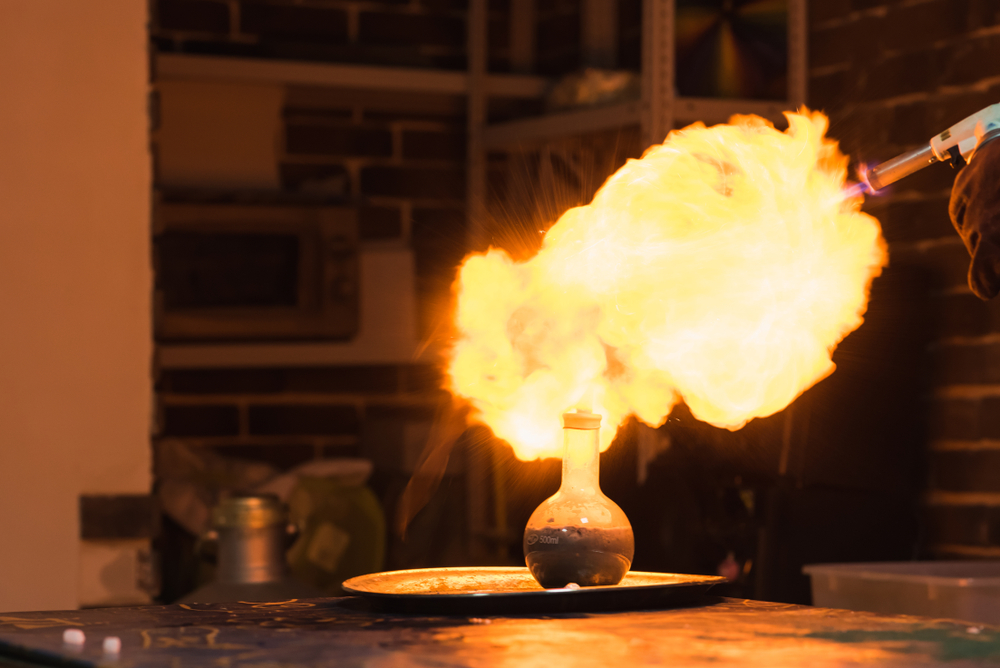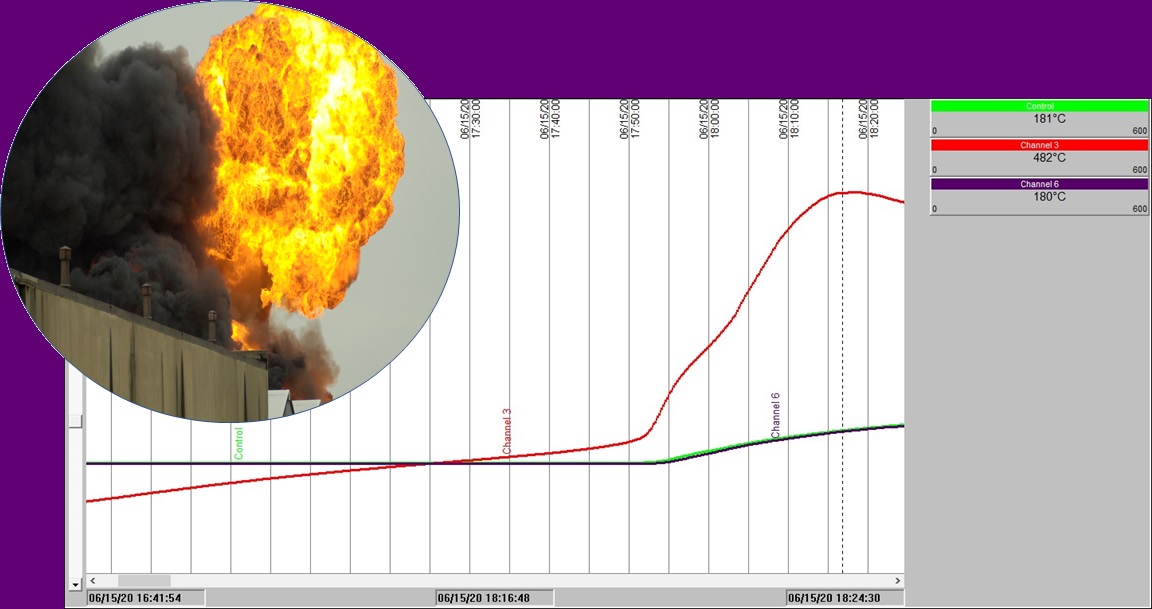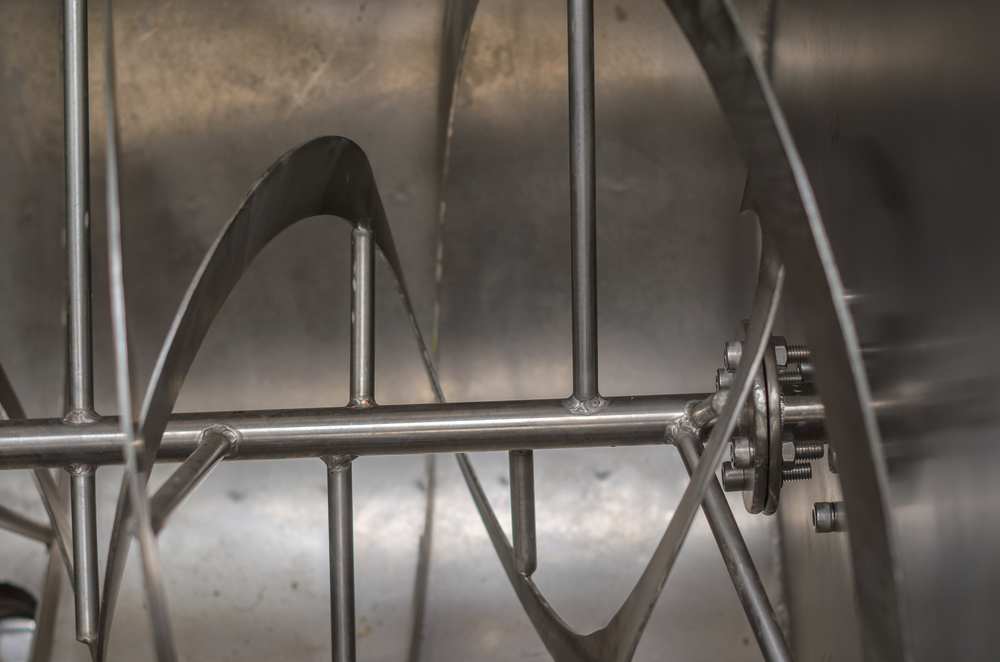Search
THOUGHT LEADERSHIP: Is there a Role for HAZOP, What-if, QRA and FMEA in Dust Hazard Analysis (DHA)?

In last month’s issue of Process Safety Dispatch, we reviewed some of the main techniques used for process safety risk assessment. In this issue, we challenge you with a situation where you may NOT wish to use those standard techniques! That situation? Dust Hazard Analysis – yes, the DHA as a special case for risk assessment.
In the world of process safety, conducting a thorough Dust Hazards Analysis (DHA) is paramount to ensuring the well-being of personnel and the integrity of facilities where combustible dust hazards lurk. The DHA is a requirement of NFPA 652: Standard on the Fundamentals of Combustible Dust and all companies should have by now undertaken their DHA and implemented the findings. Some of those companies will have used the standard Process Hazards Analysis (PHA) techniques as a DHA, often led by their in-house or third-party process safety specialist.
Traditional techniques like Hazard and Operability (HAZOP) study, What-If analysis, and Failure Mode and Effects Analysis (FMEA) have long been considered the cornerstones of process-risk assessment. But the question arises: Is it essential to use these resource-consuming techniques when performing a Dust Hazards Analysis? This article delves into the heart of this debate, shedding light on the advantages of avoiding the traditional PHA methods and uncovering instances where their application could miss important equipment-design deficiencies and would add complexity, unnecessary effort, and cost to the DHA process.
What the Standards say:
While HAZOP, What-if, and FMEA undoubtedly address safety hazards, it is not mandatory to utilize them in DHA scenarios that are focused on combustible dust hazards. In fact, NFPA 652, the standard that requires companies to undertake DHAs, states:
“It is not the intent of this standard [NFPA 652] to require users to apply the PHA provisions of OSHA regulations in 29 CFR 1910.119, “Process Safety Management of Highly Hazardous Chemicals,” in developing a DHA.”
Indeed, NFPA 652 specifically DOES NOT use HAZOP, What-if, and FMEA, etc. in the examples that it provides and suggests users “match the complexity and extent of the analysis to the complexity and extent of the facility and its process.”
The Difference
The traditional methods used for Process Hazards Analysis (PHA) are essentially Process Operations Studies, while a Dust Hazards Analysis (DHA) is primarily an Equipment Design Study. Thus, a DHA requires quantitative assessment of the hazardous properties of combustible dusts and quantitative assessment of the size, dimensions, capacities of equipment, exhaust air flows, and the effectiveness of hazards-control devices and systems. In contrast, a PHA would at most provide a semi-quantitative (or only a qualitative) evaluation of the safety of process operations and equipment.
Adopting a more streamlined and targeted approach to the DHA can often yield significant advantages. Read on to learn why.
The Advantages of Not Using the Traditional Techniques:
It’s all about focus, identifying hazards, mitigating efficiently.
As a DHA is customized for combustible dust hazards only, this requires the assessment be laser-focused on the unique risks associated with dust accumulation, dust dispersion, and potential ignition sources. This focus eliminates the need to navigate through scenarios that might not be directly relevant, enhancing the efficiency of hazard identification. So long as you have a DHA leader that knows the right questions to ask, you will end up with a DHA that has identified all the potentially hazardous areas, scoped out all ignition sources, assessed consequences of dust fires, flash fires, and explosions, and considered appropriate preventive and mitigation measures. This includes fuel control (avoiding hazardous dust accumulations, and formation of dense dust clouds), ignition source control, and equipment design to protect against combustion effects. Also, a proficient process-safety consultant should be able to identify the most practical and cost-effective measures for closing any safety gaps that are identified during the DHA for your plant.
So, the advantages encompass:
Clear, Practical Compliance: NFPA 652 and other industry- or commodity-specific NFPA standards and guidelines provide comprehensive frameworks for conducting DHAs. By adhering to these standards and customizing the analysis approach with the help of a dust-explosion specialist with a practical approach who fully understands the requirements of pertinent NFPA Standards (and may even be on a NFPA technical committee!), organizations can achieve compliance without overburdening the process with unnecessary complexities. Guided by understanding towards compliance.
Resource Efficiency: Traditional techniques often demand substantial time, expertise, and resources. HAZOP may demand time from a chairman, consultant, expert, and potentially several staff members, sitting around a table for hours. By opting for an expert-driven DHA, organizations can allocate often-stretched resources more effectively, potentially reducing the cost/effort required to complete the analysis. This efficiency is particularly advantageous for facilities where combustible dust hazards are the primary concern, and the DHA leader can call other staff members for specific plant knowledge and operating conditions as required. Fewer staff resources, higher expertise, less cost, and better-considered recommendations could be the result.
Tailored Risk Prioritization: Skipping traditional techniques does not imply a compromise in risk prioritization. A well-designed and well-led DHA will effectively identify and prioritize risks based on their likelihood and potential consequences. Highly relevant and prioritized recommendations.
So why are Traditional Risk Techniques still used for DHAs?
So why do we still find traditional PHA techniques in use for facilities/operations for which they are ill-suited? Maybe one reason is these techniques are so well embedded in industry’s process safety toolbox that they are the first methods to be considered. Indeed, when NFPA 652 first mandated the DHA, many process safety consultants of all types flocked to the dust-explosion market, bringing with them the PHA techniques that they knew best. In any case, formal techniques used by people unfamiliar with the science and practice of dust explosions gain comfort in using the technique that they know – and hope, by using their techniques, they will not “miss anything.” But the outcome often can miss practical solutions/recommendations, particularly concerning equipment design. From our experience, there are many DHAs out there that contain recommendations that have not been implemented because they are not properly defined, or they are overly broad, and they may simply not be practical.
Conclusion:
In the field of Dust Hazards Analysis, to use or not to use traditional PHA risk assessment techniques like HAZOP, What-If analysis, or FMEA is not a one-size-fits-all decision. The critical factor is to tailor the approach to the unique hazards posed by combustible dust. While in many instances the advantages of skipping these techniques are evident in terms of focus, simplicity, and efficiency, there are also scenarios where application of traditional PHA methods might introduce complexities that overshadow the primary objectives of the DHA.
Ultimately, the goal is to adapt established techniques to suit the intricacies of combustible dust hazards. By embracing flexibility and aligning the DHA process with the specific needs of each facility, organizations can achieve a comprehensive analysis that effectively safeguards personnel, facilities, and the surrounding community from the perils of combustible dust hazards.
One final note: NFPA 652 states….
“The DHA shall be performed or led by a qualified person.”
In a nutshell, contact us and we’ll assess and advise on the most appropriate and cost-effective method to perform your DHA. Our senior consultants have conducted (literally) many hundreds of DHAs – generating individual experience and a vast knowledge pool at Stonehouse that can hugely increase the quality and efficiency of DHAs. We have also redone a few reassessments to correct or interpret impractical DHAs!
For more information, please contact us on 609-455-0001 or email us directly at [email protected].

Get in touch
To learn more about our expertise and services in dust explosion prevention & mitigation, call us at +1 609 455 0001 or email us at [email protected] today.
We also offer tailored virtual and in-company process safety training programs on Dust Explosions, Static Electricity and HAC (Hazardous Area Classification) and more. Find further information here.











